Last updated on October 29th, 2022
Portugal, officially the Portuguese Republic, is a country located mostly on the Iberian Peninsula in southwestern Europe. It has a total area of 92,090 square km. Lisbon is its capital and largest city. Portuguese is the official language of Portugal. Euro (€) (EUR) is its official currency. Spain is its only land bordering country.
It is also the westernmost country of mainland Europe. With the history of its golden era during the 15th and 16th century, and devastation in Lisbon in 1755 by an earthquake (killing an estimated 60,000 people in Lisbon alone), Portugal has so much to discover. With these interesting facts about Portugal, let’s learn more about its history, culture, people, inventions, economy and more.
1. Portugal was founded in 1128, making it one of the oldest nations in Europe. Portugal is named after its 2nd largest city, Porto.
2. Did you know that Porto has the highest number of bridges in Europe crossing over the same river? There is a whopping 6 bridges: Dom Luis I Bridge (most popular), Arrabida Bridge (most controversial), Maria Pia Bridge (the city’s oldest bridge), São João Bridge (the futuristic), Freixo Bridge (the remoted) and Infante D. Henrique Bridge (the newest). The six bridges unite the cities of Vila Nova de Gaia and Porto. The people of Porto are not only proud that these are functional structures but also because they serve as true landmarks.
3. Portugal is a developed country. According to the Global Peace Index 2022, it ranks as the 6th safest country in the world.
4. The Green lane toll pay system and pre-paid mobile phone card are also Portuguese inventions, to name a couple.
5. Portuguese, the national language of Portugal is also spoken in Brazil, Mozambique, Angola, Guinea-Bissau, East Timor, Equatorial Guinea, Cape Verde, and São Tomé and Príncipe – a total of nine countries.
6. It (Portuguese) is also the 6th most spoken native language (232 million speakers) in the world.
Flag of Portugal
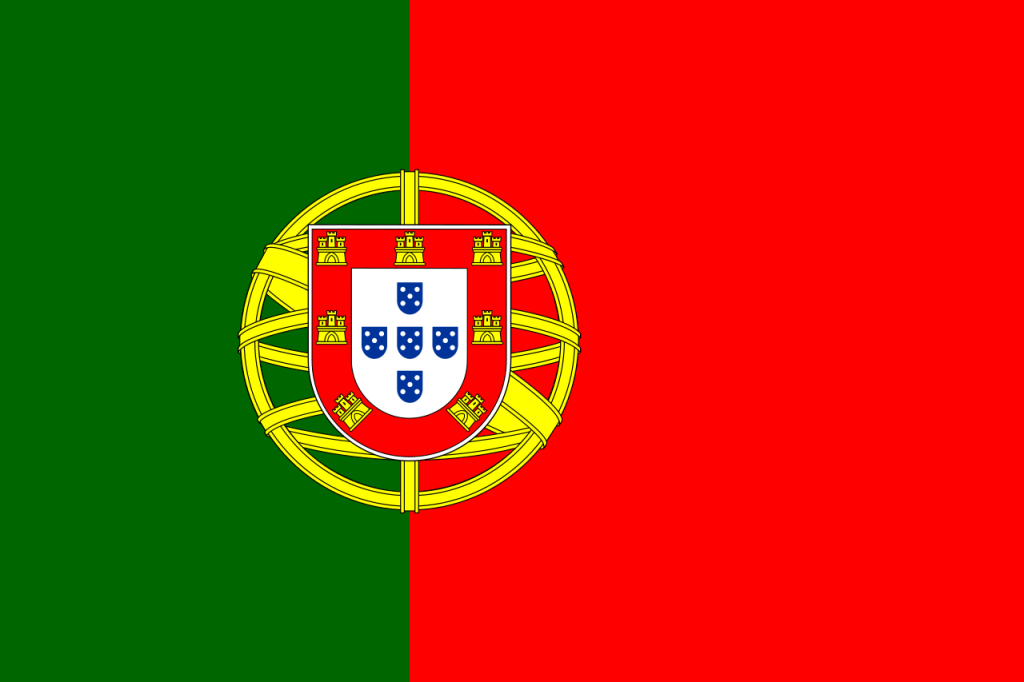
7. Portuguese people were a key factor to the Age of Exploration. They helped discover several lands unknown to the Europeans in the Americas, Africa, Asia, and Oceania.
8. The largest community of Portuguese outside Portugal is in Rio de Janeiro.
9. The Dolphin Interaction Program (the only one of its kind in Europe) gets you up close and personal with the dolphins.
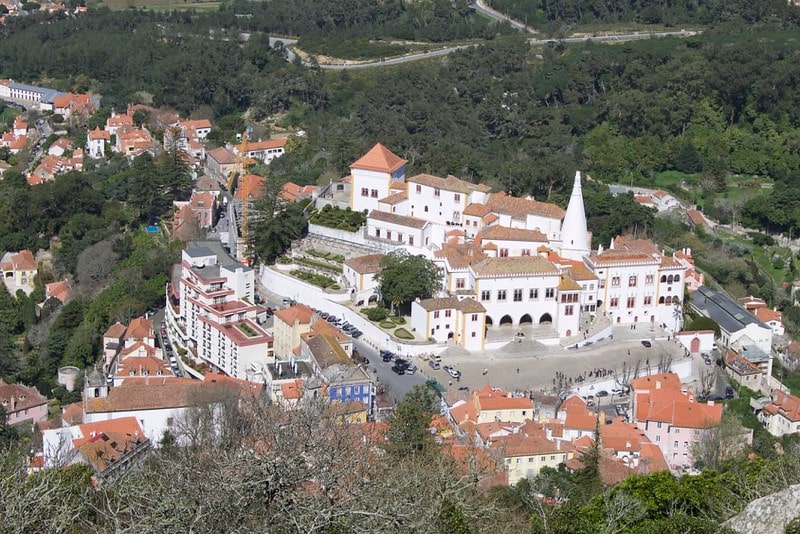
10. Sintra is regarded as the most romantic place in the country because of its charming streets, buildings, and misty climate. It is also famed for breathtaking beaches, vast woodland, and Europe’s westernmost point (Cabo da Roca). In fact, Sintra was once described as Portugal’s glorious Eden by Lord Byron. Moreover, it was declared a World Heritage Site, in the Cultural Landscape category by UNESCO in 1995.
11. There are 17 UNESCO World Heritage Sites in Portugal… and in 2019 more than 27 million tourists visited the country.
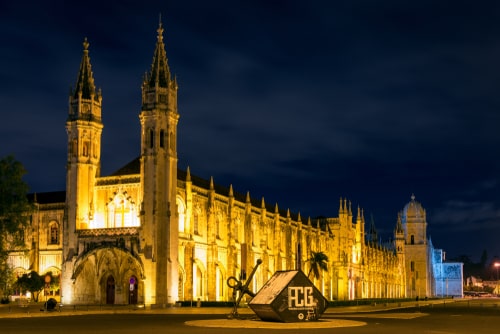
Cultural (16)
- Alto Douro Wine Region (2001)
- Central Zone of the Town of Angra do Heroismo in the Azores (1983)
- Convent of Christ in Tomar (1983)
- Cultural Landscape of Sintra (1995)
- Garrison Border Town of Elvas and its Fortifications (2012)
- Historic Centre of Évora (1986)
- Historic Centre of Guimarães (2001)
- Historic Centre of Oporto, Luiz I Bridge and Monastery of Serra do Pilar (1996)
- Landscape of the Pico Island Vineyard Culture (2004)
- Monastery of Alcobaça (1989)
- Monastery of Batalha (1983)
- Monastery of the Hieronymites and Tower of Belém in Lisbon (1983)
- Prehistoric Rock Art Sites in the Côa Valley and Siega Verde (1998,2010)
- Royal Building of Mafra – Palace, Basilica, Convent, Cerco Garden and Hunting Park (Tapada) (2019)
- Sanctuary of Bom Jesus do Monte in Braga (2019)
- University of Coimbra – Alta and Sofia (2013)
Natural (1)
- Laurisilva of Madeira (1999)
12. The largest artificial underwater park–The Ocean Revival Underwater Park—in the world, is in Portugal.
13. The VASCO DA GAMA BRIDGE in Lisbon is the longest bridge in Europe with a total length of 17,185 meters.
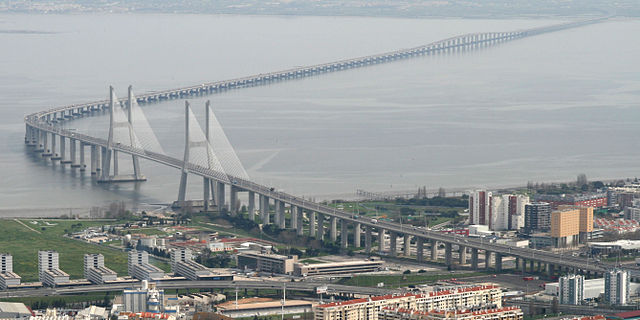
14. One of the most advanced ATM system in the world belongs to Portugal. More than 60 operations are possible through the system including a donation for charities, phone credit top-ups and buying concert tickets.
15. The University of Coimbra, established in Lisbon in 1290, is one of the oldest universities in continuous operation in the world, the oldest university of Portugal, and one of its largest higher education and research institutions. The University of Coimbra has a long history that may be traced back to the 13th Century. The enormous buildings of this faculty rise above the entire Coimbra, 100 meters above the sea level. One of the oldest libraries (Joanina Library) in the university comprises over 30,000 books and is designed with marble walls and floors with gold leaf.
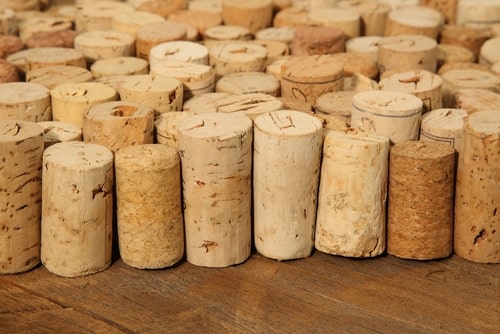
16. The montado landscape of Portugal produces approximately half of all cork harvested annually worldwide. Cork is impermeable, buoyant, elastic, and has fire retardant properties. It is most commonly used as a wine stopper.
17. The world record for the largest Santa Claus parade is held by Porto, Portugal with 14,963 attendees.
18. Portugal is also known as the “country of tiles.” The Portuguese have been decorating their walls and floors with tiles for a long time. To learn more about the history and artistic evolution of the Portuguese tiles, from early times to modern-day, you could also visit the National Tile Museum in Lisbon.
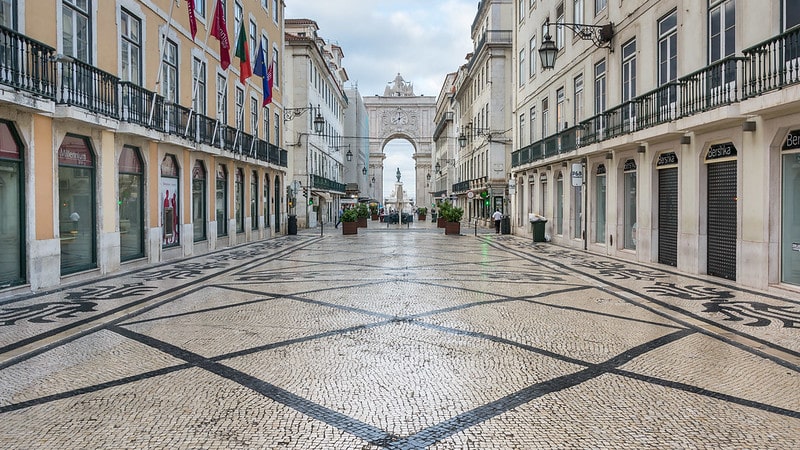
19. The unique streets of Lisbon are lined with Portuguese pavement. The peculiar landmark is a common bucket list for tourists visiting Europe. They first appeared around Castelo de São Jorge and gradually grew in popularity, spreading quickly across the capital. With a whimsical design, the pavements create a magical aura, making a trip to the capital a once-in-a-lifetime experience. The tiles are designed with mosaic patterns and have been carefully installed through a process that was discovered centuries ago. You will find them all over Lisbon’s central streets.
20. Still in Lisbon, you will find the largest indoor tank or aquarium. Situated in Parque das Nações District, the oceanarium is home to a huge variety of fishes from sunfish – the biggest bony fish, deep sea fish, sharks, to small tropical fishes. It is filled with about 5M liters of seawater. While the aquarium is the biggest attraction, visitors often take another tour to see exhibits of mammals, plants, invertebrates, etc.
21. Portugal is the world leader in the production of renewable energy. It manages to meet almost 70% of its energy needs through hydro, wind and solar power. The country is also able to convert the movement of ocean waves into electricity and energy. (They really have a safe future considering the shortage of energy the world is facing)
22. The country’s national drink is Port (wine), which is also its most famous export.
23. Port wine is probably the only wine derived from a city name. It originates from Douro Valley in Porto and aged in Vila Nova de Gaia cellars, located across the river from the city. Wine lovers go for wine-tasting tours at the caves of Gaia. To get to the wine cellars, you have to cross the stunning Dom Luís I bridge for about 10 minutes.
24. Women in Portugal live longer than men in the country as the life expectancy of women is 2 years more than that of men.
Portugal on the map
25. Portugal has one of the EU’s lowest fertility rate.
26. Os Lusíadas (by Luís de Camões) is the national epic of Portugal.

27. Chili, pepper, potatoes and tomatoes were introduced by the Portuguese to India. Piri-piri sauce was also invented by the Portuguese.
28. The world record for the largest omelet belongs to Portugal. It weighed a whopping 6.466 tons. You can find more details about the Omelet on this Guinness World Records site.
Facts about Portuguese history and culture
29. Portuguese appreciate art, music, drama and dance.
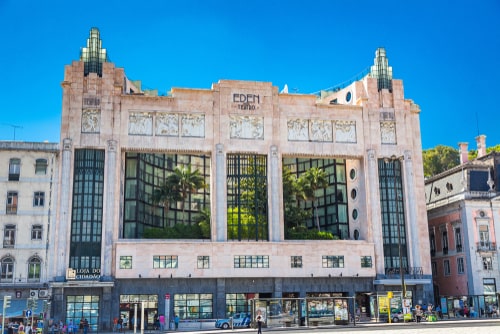
30. The majority of the towns in the country have at least one cinema.
31. Fado is Portugal’s national music (it is characterized by mournful tunes and lyrics, often about the sea or the life of the poor).
32. The Portuguese are fatalists. They have deep faith in their destinies, which they believe cannot be escaped.
33. Café culture is also an important cultural feature of the Portuguese.
34. Portugal is best known for its distinctive Late-Gothic Manueline architecture.
35. “Ar de Rock” by Rui Veloso, which was released in 1980, was the first popular Portuguese rock song.
36. After the Carnation Revolution in 1974, Portugal regained its freedom of speech.
37. More than 275,000 residents died in 1755 in an earthquake considered to be one of the biggest earthquakes that occurred in Lisbon. The earthquake was followed by a tsunami and devastating fires across the capital city.
38. The average age of first-time mothers in Portugal is 30.9 years.
39. Portugal had the biggest wave ever surfed. In 2011, Hawaiian Garret McNamara set a world record by surfing a wave that was 90 feet high.
40. On May 31, 2010, same-sex marriage was legalized in Portugal. Thus, it became the sixth country in Europe to do so.
41. The Anglo-Portuguese Alliance is the oldest alliance in the world that is still in force… Yeah, that’s true!
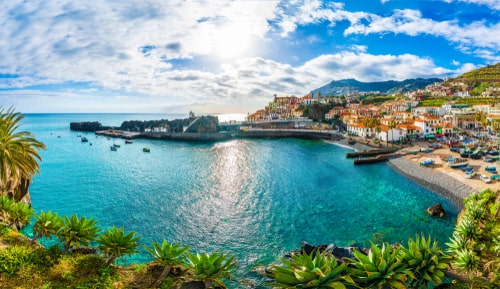
42. The Island of Madeira, often called “the floating garden of the Atlantic,” is in Portugal.
43. Christmas can be sunny and even warm in Portugal, as it receives more than 300 days of sunshine annually!
44. In 1761, Portugal became the first colonial power to abolish slavery, doing so almost 50 years before Britain, France, Spain or the United States.
45. A trip to Lisbon takes you through a wealth of books crammed on the beautifully tiled streets. Lisbon is a city of book lovers and even the oldest operating library in the world is found here. Bertrand bookshop, located in Lisbon, Portugal, is the oldest operating bookshop. It has been in operation since 1732 and was officially documented in the Guinness Book of World Records in 2016. The Portuguese also discovered Brazil.
Facts about famous Portuguese people
46. Christiano Ronaldo (world famous footballer) was born in Santo António, Portugal in 1985. No doubt, football is the most popular sport in the country. The footballer has played for big clubs including Real Madrid, Manchester United, Portugal, and Juventus. He is considered one of the top players along with Lionel Messi. He became the most expensive footballer in the world when he left Manchester United and was signed for €94 million in 2009 by Real Madrid. He has an impressive record of more than 700 goals.
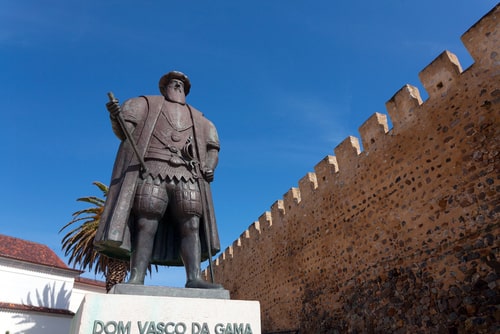
47. Vasco da Gama, a Portuguese explorer, was the first European to reach India by sea.
48. The oldest director in the world–Manoel de Oliveira–who continued to make films until his death on April 2, 2015, was also Portuguese. He was 106 years old at the time of his death.
. . . continue reading on the next page
